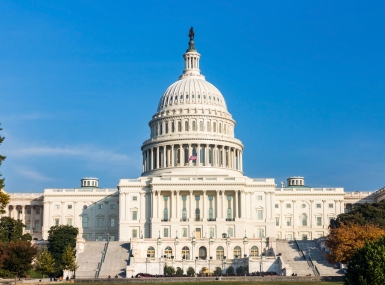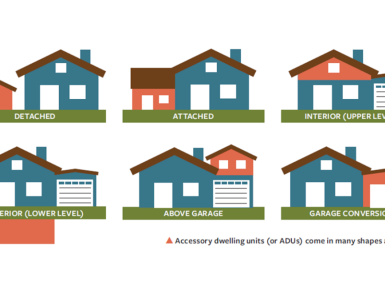County News Hot Topics: Housing Affordability
Upcoming Events
Related News

Key Takeaways
For a growing number of Americans, the cost of housing is crowding out the rest of their household budget. That’s forcing
many families into precarious living situations that affect their safety, their health, the length of their commutes and their chance to build generational wealth or to contribute to a vibrant community where they feel like they have a stake.
In 18% of counties, households must spend more than 3.5 times their annual income to afford a typical home. Nearly a quarter (24%) of households that occupy rental units are severely cost-burdened, spending more than half of their annual income on rent. According to Freddie Mac, there is a shortage of more than 3.8 million homes — both rental and owner-occupied — across the country, and it will take more than 20 years to close the housing unit gap despite the recent acceleration in development, according to the National Association of Realtors. These statistics lend context to a problem that counties know all too well: Housing affordability is increasingly out of reach for residents.
Articles from this Hot Topic
Related News

U.S. House of Representatives passes SPEED Act and other permitting reform bills
On December 18, the U.S. House of Representatives passed the SPEED Act (H.R. 4776). The SPEED Act would strengthen county involvement in decision-making and make needed commonsense reforms to the federal environmental review process.

House Natural Resources Committee advances the Endangered Species Act Amendments Act of 2025
On December 17, the House Natural Resources Committee advanced the Endangered Species Act (ESA) Amendments Act of 2025 (H.R. 1897). The version passed by the committee adopted several changes from the initial bill and would address key county concerns by improving the implementation of the ESA. The legislation now awaits a floor vote before the whole U.S. House of Representatives.

Counties and Railroads: Shared Priorities for the Next Surface Transportation Bill
County leaders from across the country have a vital opportunity to ensure their infrastructure priorities are front and center.


